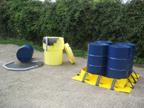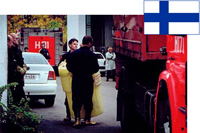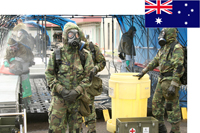Secondary Containment Guidelines and Regulations
Secondary containment products ensure that when a chemical spill or leakage occurs the spill will be contained and controlled in a secondary area. Examples include specially designed safety storage cabinets, spill pallets, spill deck and spill berms. Secondary containment structures are designed to reduce the risk of chemical exposure, fire, explosion and damage to facilities or the environment. Both Federal and many State regulatory agencies state that secondary containment must be utilized and that detailed spill control procedures be adopted for flammable liquids and hazardous chemicals.
OSHA Regulations
Occupational Safety and Health Administration, OSHA 1910.1450
"(b) Stockrooms/storerooms ... Chemicals which are highly toxic ... should be in unbreakable secondary containers."
"A spill control policy should be developed and should include consid-eration of prevention, containment, cleanup and reporting."
EPA Regulations
Environmental Protection Agency, EPA 264.175:
"(a) Container storage area must have a containment system that is designed and operated in accordance with paragraph (b)."
"(b) A containment system must be designed and operated as fol-lows: (1) a base must underlie the containers which is free of cracks or gaps and is sufficiently impervious to contain leaks, spills.
"(3) The containment system must have sufficient capacity to contain 10% of the volume of containers or the volume of the largest container whichever is greater."
General Recommendations for storing hazardous materials
Shelves and racks should have enough clearance to accommodate the largest container that allows it to be removed and returned without tipping. Tipping containers when returning them to shelves, cabinets and refrigerators may cause the contents to drip or leak.
• Limit hazardous materials kept in fume hoods to the amount that is in use or needed for an activity.
• Avoid stockpiling chemicals.
• Conduct periodic cleanouts to minimize accumulating unwanted chemicals.



